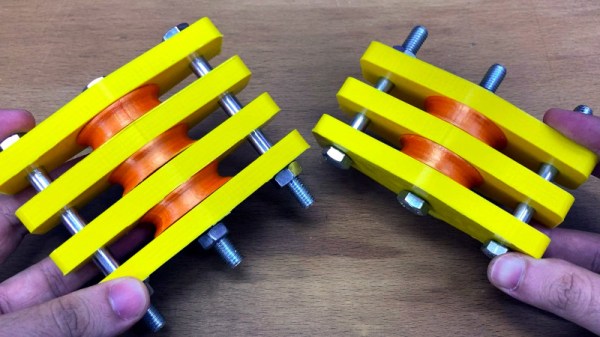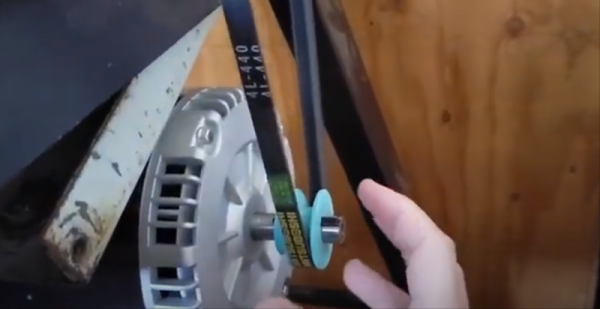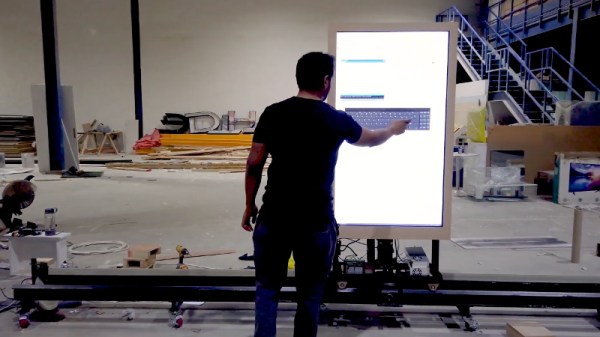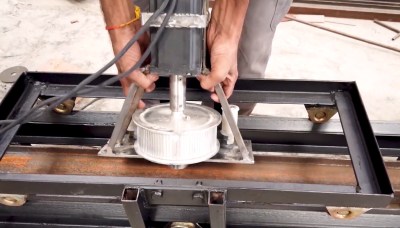While most pet owners are happy to help out their furry friends, everyone has a limit. For [Gauthier], getting up to open or close the window every three minutes so their cat can go out on the balcony was a bridge too far, so they decided to take a crack at automating the window. The end result not only does the job, it’s extremely low-tech and pretty much invisible except when in use.
Of course, [Gauthier] didn’t arrive at this solution immediately. Their first thoughts went to RFID or perhaps a pressure sensor to detect the cats, coupled with something motorized to open and shut the window, like a belt or maybe a linear actuator. But ultimately, the system has to be robust, so that’s when [Gauthier] got the idea to employ gravity by using pulleys and weights.
Due to the configuration of the space and the shape of the window, [Gauthier] was able to to hide cable pretty well — you can’t really see anything when the window is closed. Be sure to check it out in action after the break. Continue reading “2024 Home Sweet Home Automation: Simple Window Closer Relies On Gravity”





















